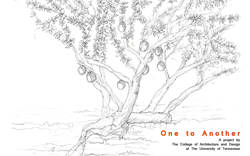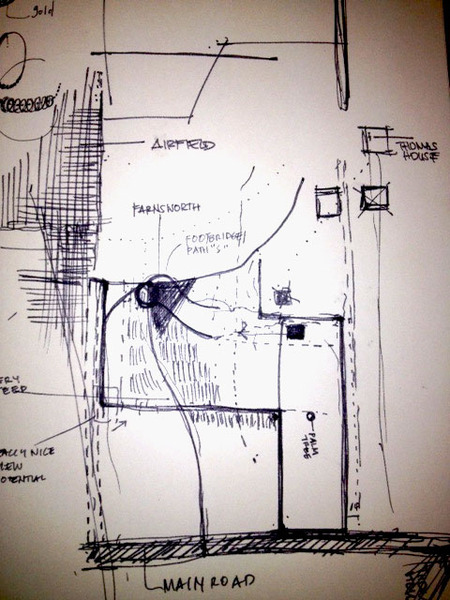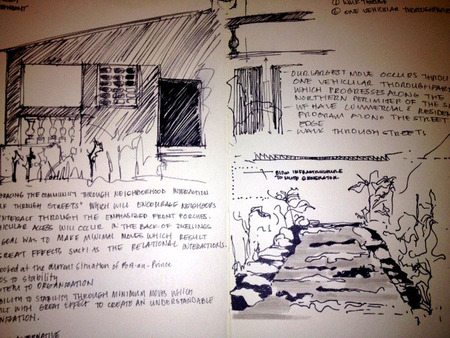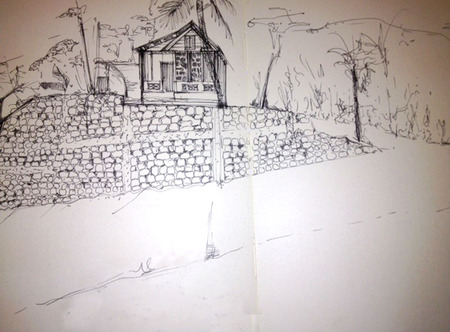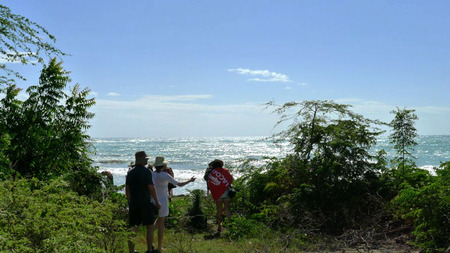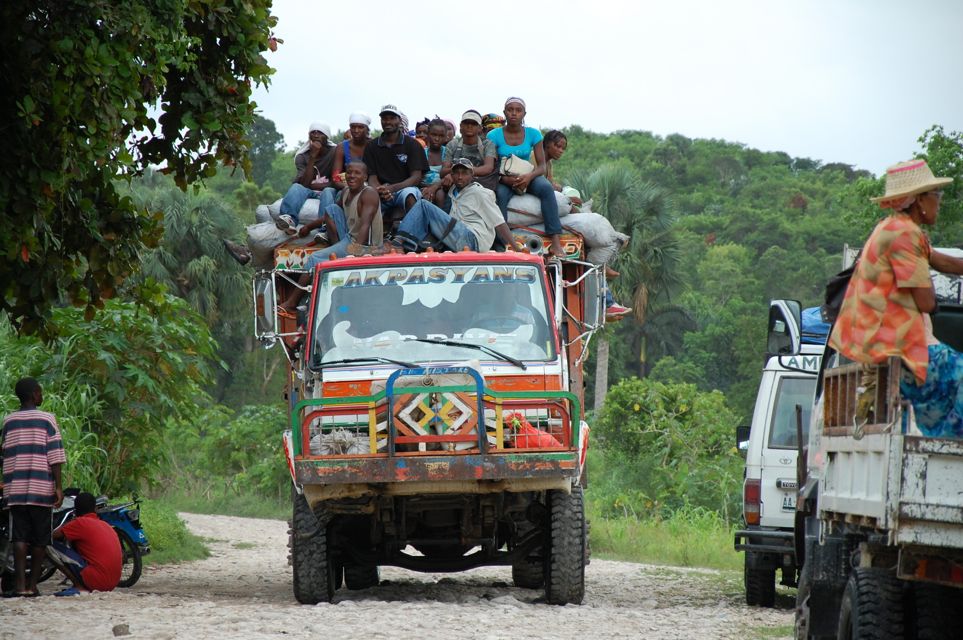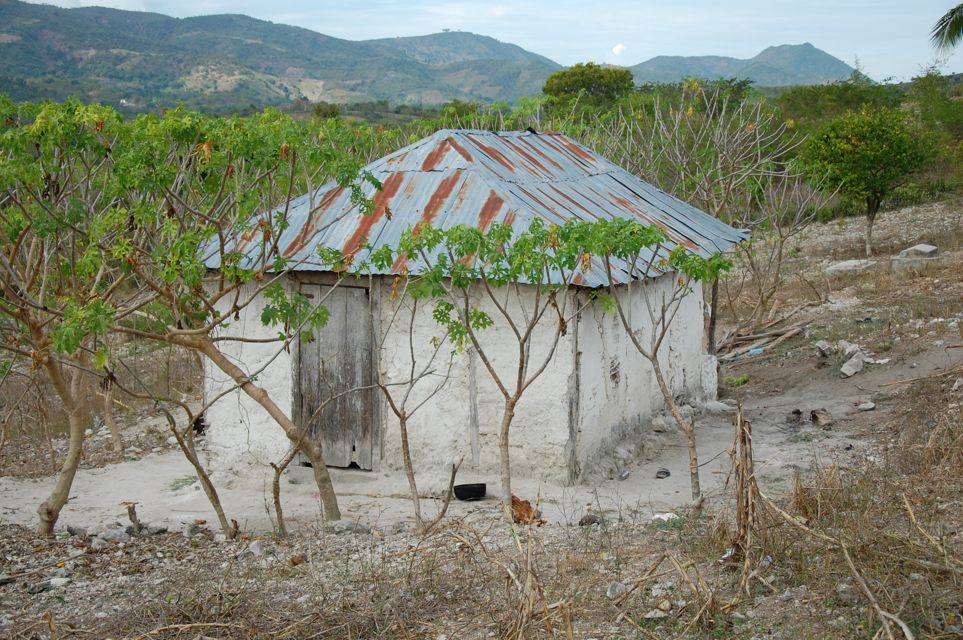Team LLBen's Design proposal for Fonds-des-Blanc
 Friday, February 10, 2012 at 12:35PM
Friday, February 10, 2012 at 12:35PM As a studio we are designing a housing community in Fond-des-Blanc, Haiti. Last year a studio designed a secondary school in the same area, which is now being constructed and will be completed in September 2012. The community we are designing has a close connection to the school, as it will become the home of many current and future schoolteachers. Our clients, Jean and Joy Thomas, have a vision for this community to be an urban alternative, a place where people currently living in the city of Port-au-Prince and ex-patriates would be pleased to relocate.
Our studio split up into teams to try to come up with the best solution for this project. We began with research and precedent studies. The first precedent study was focused on places that we love and what makes a place enjoyable to be in. The second precedent was focused on observing a community whose condition may be similar to ours in Fond-des-Blanc. We studied ways that these design projects were good, as well as, bad. Both precedent studies are post in earlier entries.
After these precedent studies we moved into the beginning phase of conceptual design and development. Our team tried to find the best design solution for this community while keeping in mind issues of site topography, trying to reasonably maximize occupancy, accessibility to the proposed footbridge and community pavilion, as well as various floor plans and lot sizes. The main concepts of our design proposal are:
- Communal spaces: these include both small scale(near each pod of houses) and large scale(the community pavilion space)
- Promenade: creating a walking space for pedestrians that is easily accessible to the main communal spaces as well as the main road
- Encouraging social interaction between persons by orientation of unit porches and house placement
- Minimizing roads while still accommodating for people who will be driving in the neighborhood
All of these designs were created prior to traveling to Haiti and visiting our site. After experiencing the culture of Haiti and better understanding the site, our team plans to develop these initial concepts into a fitting final design solution.
 Haiti in
Haiti in  Ben Cross,
Ben Cross,  Lauren Heile,
Lauren Heile,  Lauren Metts,
Lauren Metts,  Team LLBen
Team LLBen 
